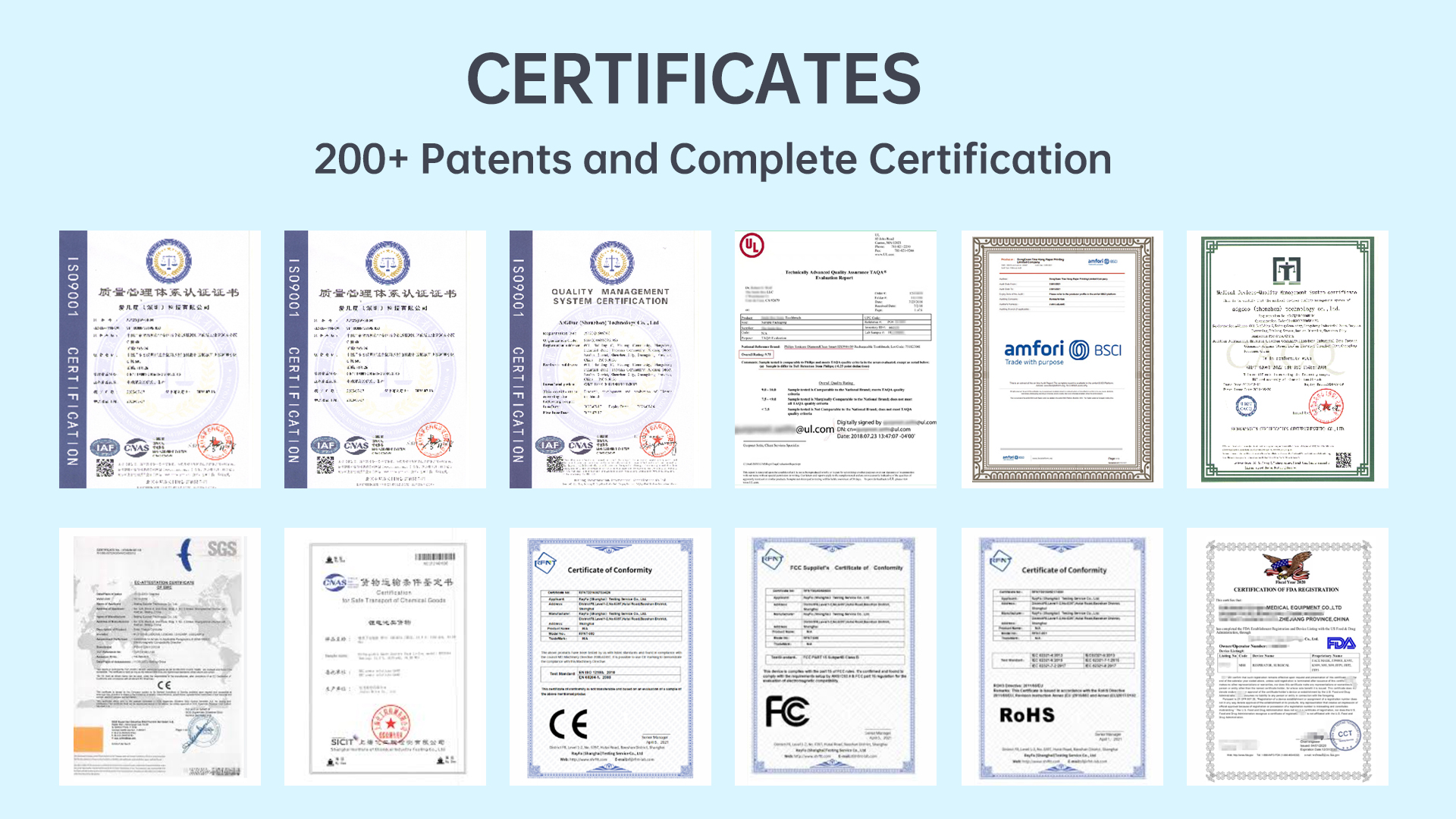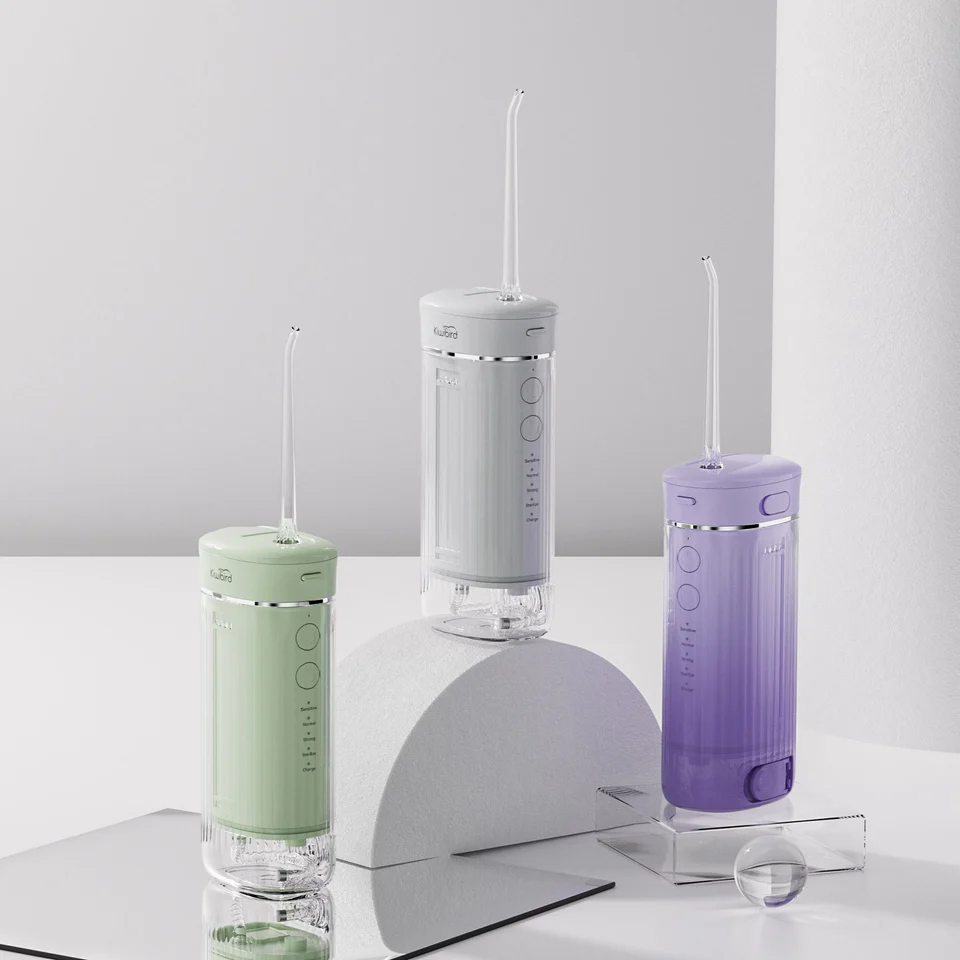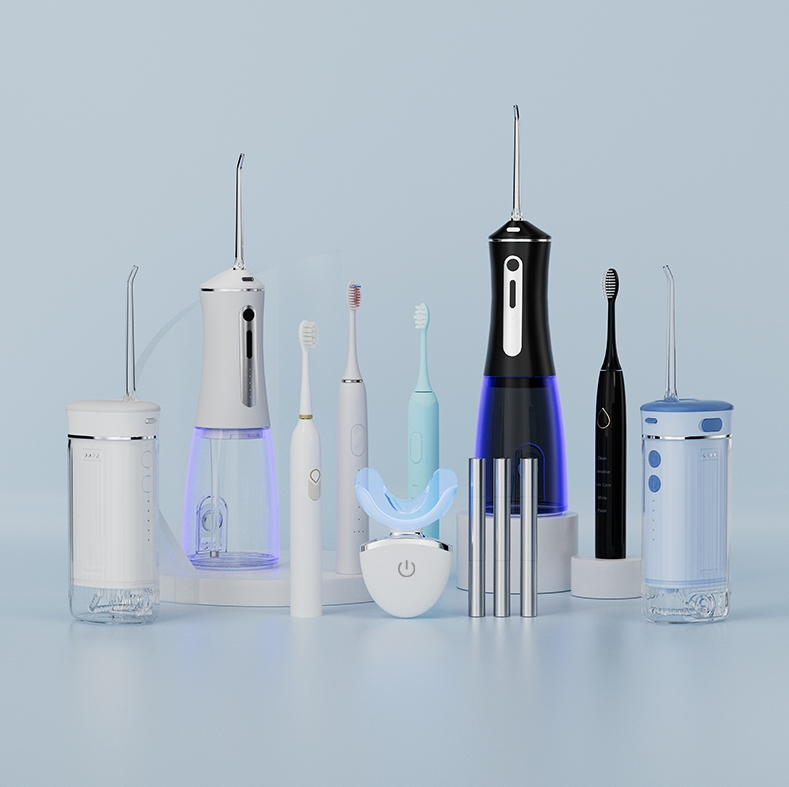As the demand for high-performance electric toothbrushes continues to rise, unexpected issues such as charging port damage and bristle shedding are becoming more frequently reported. At first glance, these two failures may seem unrelated, affecting different parts of the device. However, are they truly isolated problems—or is there a hidden connection that manufacturers must address to maintain product reliability and user satisfaction?
Charging port damage occurs when the power inlet on an electric toothbrush becomes worn, corroded, or physically compromised. This can result from:
When damaged, the charging port can cause inconsistent power flow, battery instability, or complete device failure.
On the other side of the design spectrum, bristle shedding is usually associated with brush head quality. Causes include:
Shedding bristles reduce cleaning effectiveness and can even pose a choking hazard if dislodged fibers are ingested.
While charging port damage and bristle shedding seem unrelated, they may share an indirect but significant relationship:
Thus, charging port damage may create operational conditions that accelerate physical wear in the brush head—a connection often overlooked in failure analysis.
The hidden relationship between charging port damage and bristle shedding often points to upstream manufacturing and design flaws:
These issues compromise both the electrical and mechanical stability of the product.
To break this failure chain, OEM/ODM manufacturers should:
Such improvements will lower defect rates and extend product lifespan, improving B2B client satisfaction.
Forward-thinking brands are already adopting solutions such as:
These trends offer both performance benefits and reduced warranty risk.
In conclusion, while charging port damage and bristle shedding originate from different parts of an electric toothbrush, their functional interdependence can lead to compounded device failure. Manufacturers aiming for superior quality and brand leadership cannot afford to overlook this connection. By addressing both issues holistically—from materials selection to end-product testing—OEM and ODM suppliers can deliver reliable, long-lasting oral care devices that meet modern consumer expectations. Contact us
.jpg)
.jpg)
.jpg)
Water Flosser Advantages: Key Selling Points for Brands to Highlight
.jpg)
Product Expansion Strategy: Why Brands Should Add Water Flossers to Their Lineup
Motor Jamming with Overheating Alerts – Linked?
Weak Vibration Plus Sensor Failure – Double Malfunction?

How to Choose an Electric Toothbrush Factory for Superior Cleaning Power?
Taste Alteration After Tray Misalignment – Coincidence?

The Rising Market Potential of At-Home Teeth Whitening Devices
Mucosal Irritation with Chemical Residues – Toxic?
Cavity Risk from Taste Residue?
Water Splashing plus Handle Slippage – Design Flaw?

Competitive Water Flosser Features That Drive Sales
Enamel Thinning from Weak Pressure?
Nozzle Blockage Causing Pressure Loss?

Common Electric Toothbrush Issues & How Factories Can Prevent Them
.jpg)
How Brands Can Achieve Higher Margins with Premium Water Flossers
Incomplete Flushing after Flow Interruption?

electric toothbrush heads Charcoal Infuse-Round

Customization Teeth Whitening Gel

electric toothbrush heads Regular Clean
.jpg)
Florida Electric Toothbrush – Powsmart PTR-C8

Private Label Whitening Gel

electric toothbrush heads Ultra Soft

Electric toothbrush heads Charcoal Infused-Diamond

electric toothbrush heads Deep Clean
whstapp
whstapp
National Toll-Free Service Hotline
+86 755 86238638